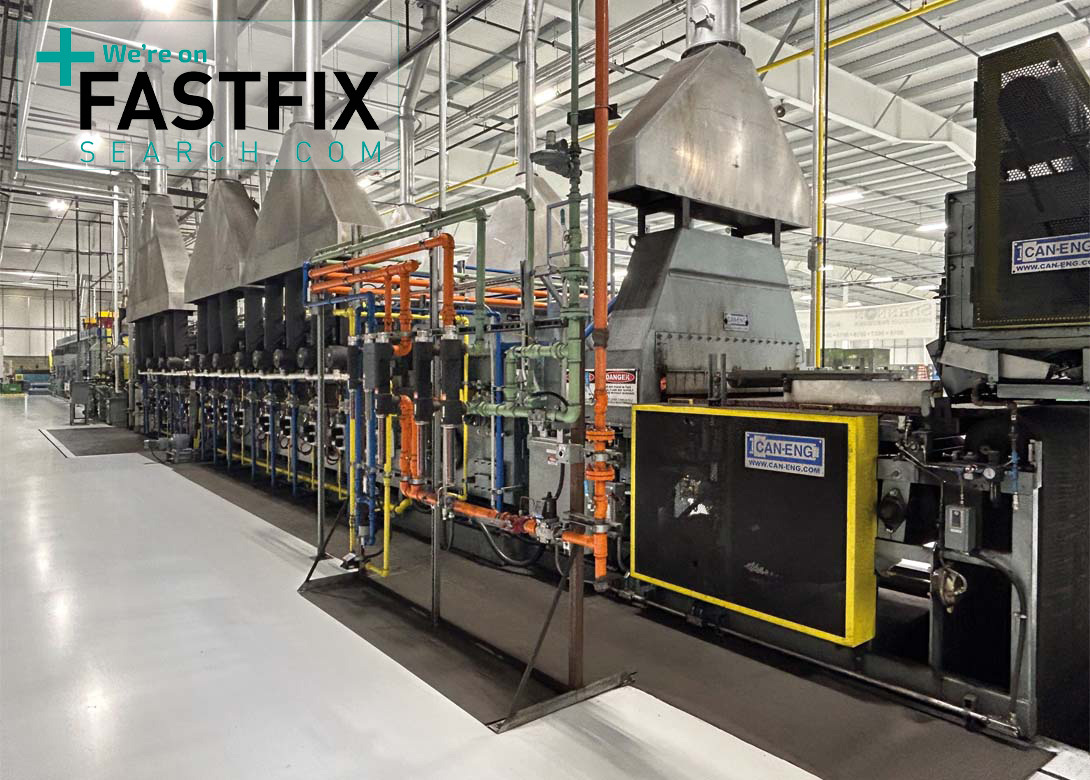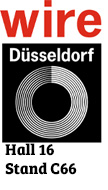
CAN-ENG is continuously working on enhancing the design and development of its modern mesh belt heat treatment systems, which are specifically designed for the fastener industry – ensuring it works closely with its partners to continuously improve upon the system’s performance attributes while also delivering the lowest cost of ownership.
To this end, CAN-ENG Furnaces International Ltd has been active in developing its mesh belt systems to help reduce the overall carbon footprint and decarbonising fastener heat treating processes. This has largely been achieved through improved waste heat and atmosphere recuperation; integration of ultra efficient combustion technologies; as well as electrical and alternative fuel heating systems. In addition to improved heating technologies, CAN-ENG also had several systems commissioned recently with its Energy Reduction System (ERS™) – comprising of several new technologies that allow for waste atmosphere gas energy recovery. It has been measured that the ERS™ integration can reduce the systems energy requirements by up to 30%.
Further development in soft handling and part damage avoidance of safety critical fasteners, while also reducing the opportunity for part mixing, continue to be a focus of CAN-ENG. For instance, its mesh belt furnace external loading system provides a significant benefit compared to cast link furnace loading systems. Mesh belt loading systems allow for open line of sight and reduced part drop heights, which prevents the opportunity for parts to wander on the belt as they are loaded. This is in contrast when compared to cast link loading systems, which may use aggressive shaker pans or long vertical drop chutes to load product onto the cast conveyor – resulting in a greater likelihood for product to wander on the belt during loading.
These mesh belt features allow for the processing of fasteners from M3 to M35 diameters, up to 200mm long and at up to 3,300kg/hr capacity. Modern manufacturers of screws, bolts and nuts today find this size range flexibility to be very attractive in a rapidly changing environment.
“We have recognised that these features are garnering the interest of manufacturers worldwide, as we have seen significant development in interest from manufacturers outside of North America, which has been our traditional market,” explains CAN-ENG. “This interest is the driving force in us taking part in the wire® Düsseldorf show. These developments, as well as others, will be presented during the show
and will give us the opportunity to share these with our existing and future partners.”
Demand for products and services have been mainly attributed to the developments in the electric vehicle market. “Our continuous focus on technologies of the future has enabled our talented engineers to find new ways of leveraging existing designs to facilitate the thermal needs of the electric vehicle market,” explains CAN-ENG. “This includes bainitic structure heat treatment (Austemper) systems for high-tensile strength fasteners required by electric vehicles, drive motor and module core (electrical steel) annealing, lightweight structural component heat treatment systems and most noticeably electric battery material thermal processing furnaces.”
www.can-eng.com


Will joined Fastener + Fixing Magazine in 2007 and over the last 15 years has experienced every facet of the fastener sector - interviewing key figures within the industry and visiting leading companies and exhibitions around the globe.
Will manages the content strategy across all platforms and is the guardian for the high editorial standards that the Magazine is renowned.
Don't have an account? Sign Up
Signing up to Fastener + Fixing Magazine enables you to manage your account details.